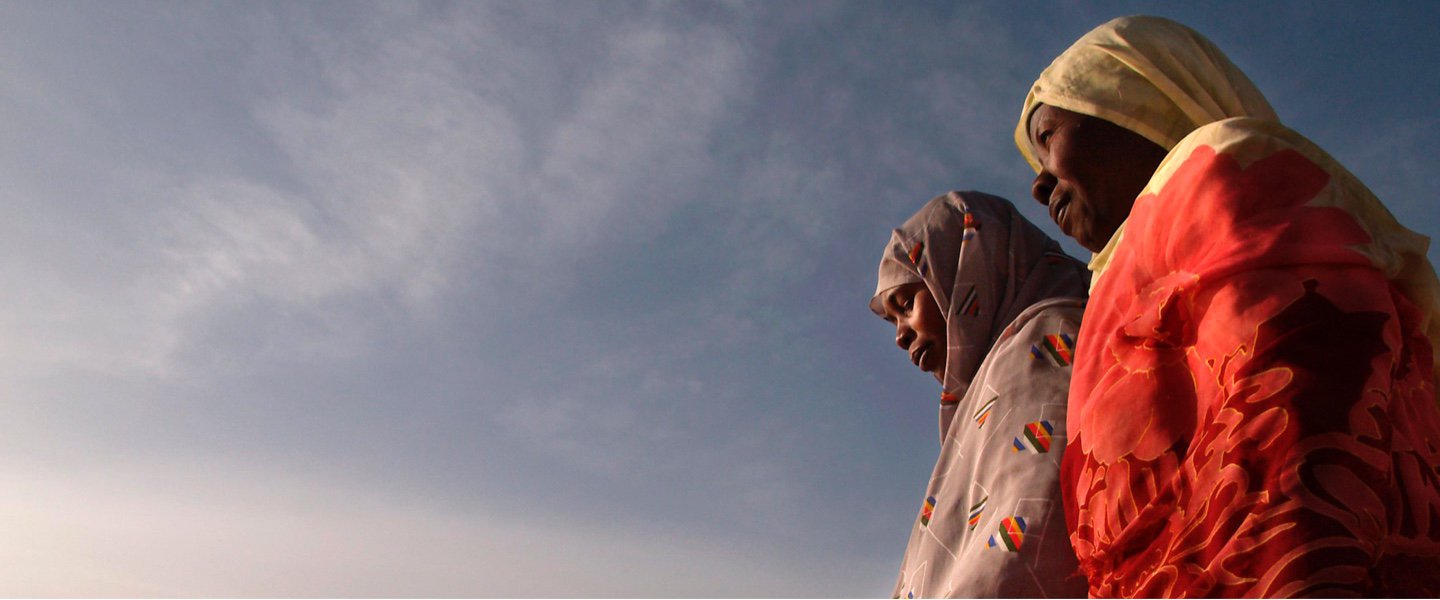- From 2012–18, a transport infrastructure project improved road access to the Donsin area, a transport hub for greater Ouagadougou. 34% of the rural population were provided with access to an all-season road in 2018, up from 22.3% in 2012.
- From 2013–18, 52,737 out-of-school youths were provided temporary employment and skills development opportunities. 40.2% of youth trained were employed or self-employed one year after completion of the training. 2.2 million days of work were generated, resulting in rehabilitation of 63.4 kilometers of rural roads and 51.9% of urban roads. 37,812 youths were employed through labor intensive physical work.
- From 2014–18, 27,994 people were provided with new or improved electricity service. The total capacity of installed equipment (242 kW) was replaced with more efficient equipment. During the same period, 11,469 households were connected to the electricity grid and 16,498 solar lanterns were installed in public schools.
- From 2014–18, 443,081 people, of whom 53% were women, were benefited through a social safety net project.
- From 2015–18, 1,787 government and CSO staff were trained in accountability, citizens engagement, and public financial management. Annual performance reports of key ministries, infrastructure, education, and health were published regularly to enhance transparency.
- 17 timely and reliable statistics reports were produced in 2017, up from five in 2015. Eight annual products, such as national accounts, agricultural, environmental, industry income statements, human development, national annual statistics, were published on time.
Key Achievements
Results

INDICATORS
Life expectancy at birth, total (years)
Debt
Results Stories
Projects

News Updates
Related Documents
tabOn selection, change the data
Key Achievements
Key Achievements
- From 2012–18, a transport infrastructure project improved road access to the Donsin area, a transport hub for greater Ouagadougou. 34% of the rural population were provided with access to an all-season road in 2018, up from 22.3% in 2012.
- From 2013–18, 52,737 out-of-school youths were provided temporary employment and skills development opportunities. 40.2% of youth trained were employed or self-employed one year after completion of the training. 2.2 million days of work were generated, resulting in rehabilitation of 63.4 kilometers of rural roads and 51.9% of urban roads. 37,812 youths were employed through labor intensive physical work.
- From 2014–18, 27,994 people were provided with new or improved electricity service. The total capacity of installed equipment (242 kW) was replaced with more efficient equipment. During the same period, 11,469 households were connected to the electricity grid and 16,498 solar lanterns were installed in public schools.
- From 2014–18, 443,081 people, of whom 53% were women, were benefited through a social safety net project.
- From 2015–18, 1,787 government and CSO staff were trained in accountability, citizens engagement, and public financial management. Annual performance reports of key ministries, infrastructure, education, and health were published regularly to enhance transparency.
- 17 timely and reliable statistics reports were produced in 2017, up from five in 2015. Eight annual products, such as national accounts, agricultural, environmental, industry income statements, human development, national annual statistics, were published on time.


